Table of Contents
Quality Service Guarantee Or Painting Free

Get a rental agreement with doorstep delivery

Find the BEST deals and get unbelievable DISCOUNTS directly from builders!

5-Star rated painters, premium paints and services at the BEST PRICES!
Loved what you read? Share it with others!
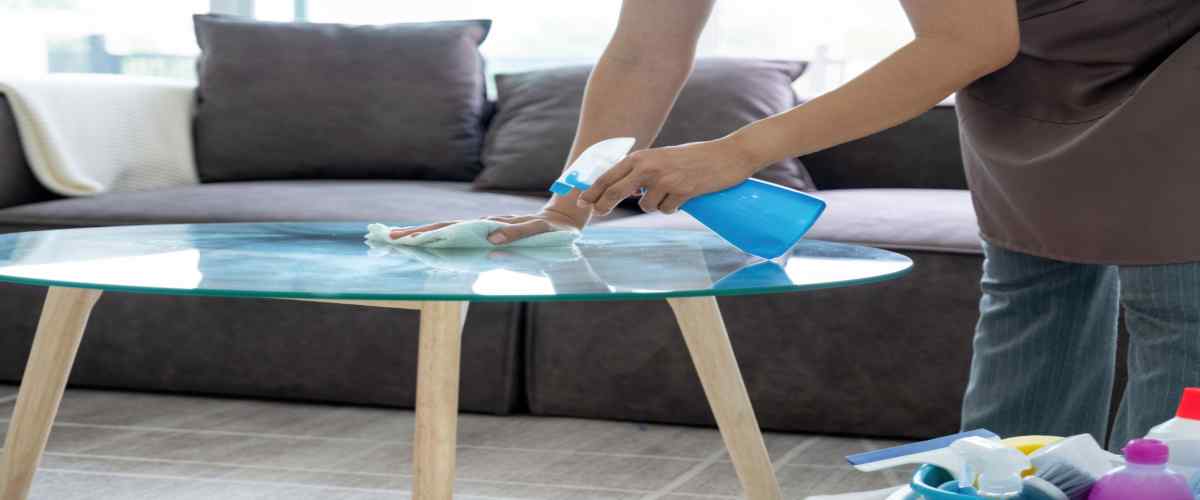

Submit the Form to Unlock the Best Deals Today
Help us assist you better
Check Your Eligibility Instantly

Experience The NoBrokerHood Difference!
Set up a demo for the entire community
Rubbing Alcohol for Cleaning: A Household Hero
Table of Contents
In the world of households, rubbing alcohol for cleaning, commonly known as isopropyl alcohol, emerges as a versatile and essential tool. This blog explores the remarkable cleaning properties of rubbing alcohol, offering innovative solutions for maintaining a pristine home environment. From tackling stubborn stains to disinfecting gadgets, readers will discover the myriad ways in which this unassuming household hero simplifies the cleaning routine.
The Science Behind Rubbing Alcohol as a Cleaner
Rubbing alcohol, or isopropyl alcohol, stands out in the cleaning world due to its unique molecular structure. This structure allows it to act as an effective solvent, easily breaking down oils, grease, and other organic materials. When applied, rubbing alcohol's molecules interact with these substances, dissolving them and making them ideal for tackling tough stains and residues that water alone can't clean.
Moreover, its prowess as a disinfectant is linked to its ability to denature proteins, thus neutralising a variety of microorganisms, including bacteria and viruses. This rapid action of breaking down and disrupting the cellular structures of these microorganisms is what makes rubbing alcohol a trusted antiseptic and surface sanitiser. Additionally, its quick evaporation leaves no residue, making it a preferred choice for cleaning electronics and other moisture-sensitive areas.
Quality Service Guarantee Or Painting Free

Get a rental agreement with doorstep delivery

Find the BEST deals and get unbelievable DISCOUNTS directly from builders!

5-Star rated painters, premium paints and services at the BEST PRICES!
In essence, rubbing alcohol's molecular makeup not only makes it an outstanding solvent for cleaning but also an effective disinfectant. Its versatility in dealing with a range of cleaning challenges is what makes it an indispensable tool in household cleaning.
Unique Ways to Use Rubbing Alcohol in Household Cleaning
Rubbing alcohol, commonly known in its scientific form as isopropyl alcohol, is not just a staple in medical kits but also a remarkable cleaning agent for your home. Its ability to dissolve grime and act as a disinfectant makes it a versatile tool for household cleaning. Here are four innovative ways to incorporate rubbing alcohol into your cleaning routine:
1. Microwave Cleaning
For a sparkling clean microwave, turn to a simple yet effective solution of rubbing alcohol. Begin by mixing equal parts of rubbing alcohol and water in a microwave-safe bowl – a half-cup of each should suffice. Place this bowl in the microwave and heat it for about one to two minutes.
This process generates steam, which loosens up any hardened food particles and grime. After the heating is done, carefully remove the bowl. Then, using a cloth soaked in the warm solution, gently wipe the interior of the microwave, paying special attention to tough spots. Finish by wiping the microwave with a damp cloth, and leave the door open to air it out, ensuring a fresh, clean finish.
2. Glass and Hard Surface Cleaning
Rubbing alcohol can also be your go-to solution for a streak-free shine on glass and hard surfaces. Create your cleaning mixture by combining one cup of water, one tablespoon of vinegar, and one cup of rubbing alcohol.
This blend is not just effective for glass but also works wonders on chrome, stainless steel, and hard tiles. When cleaning, use a clean, lint-free cloth or even an old newspaper to avoid streaks. Spray the solution onto the cloth and wipe the surface in a circular motion, ensuring every part gleams.
3. Microfiber Couch Cleaning
To tackle stains on a microfiber couch, rubbing alcohol provides a surprisingly effective solution. Spray the stained area with rubbing alcohol and use a light-coloured sponge (to prevent colour transfer) to scrub gently. You will notice the stains transferring onto the sponge.
Since alcohol evaporates quickly, the couch dries fast too. Once dry, use a scrub brush to gently fluff the fabric in a circular motion, restoring its original texture. For water stains, follow the same process using distilled water.
4. Chandelier Cleaning
Chandeliers can be tricky to clean, but a homemade solution of rubbing alcohol can make the task much simpler. Mix rubbing alcohol and distilled water in a 1:4 ratio and pour it into a spray bottle. Carefully wipe each part of the chandelier with a microfiber cloth sprayed with this solution. It’s recommended to wear gloves to avoid leaving fingerprints. This method ensures your chandelier sparkles without the risk of damage from harsh chemicals.
In these ways, rubbing alcohol can be a game-changer in your cleaning regimen, offering effective, eco-friendly, and cost-efficient solutions for maintaining a pristine home.
Rubbing Alcohol for Odour Elimination and Disinfection
Rubbing alcohol, a staple in first aid kits is not just for minor medical care. Its powerful properties extend to odour elimination and disinfection, making it a must-have for maintaining cleanliness and freshness in your home.
1. Kitchen Odour Removal
The kitchen, a hub of culinary activities, often bears the brunt of lingering odours. Whether it's the pungent smell of onions or the lingering aroma of fish, rubbing alcohol can help neutralise these unwanted scents.
Recipe for Rubbing Alcohol-Based Deodorising Solution
Ingredients:
- 1 cup of 70% isopropyl alcohol
- 2 cups of water
- 10-15 drops of your choice of essential oil (lavender or eucalyptus work well for their pleasant scent and additional antibacterial properties)
Instructions:
- In a spray bottle, mix the isopropyl alcohol and water.
- Add the essential oil drops and shake well to blend.
- To use, lightly spray the solution on kitchen countertops and surfaces.
- Wipe with a clean cloth to not only clean but also leave a fresh, pleasant scent.
**Note: This solution is not only effective in odour elimination but also acts as a disinfectant, making your kitchen surfaces safer for food preparation.**
2. Disinfecting Gadgets
Our gadgets, from computer keyboards to cell phones, are breeding grounds for germs due to frequent use and minimal cleaning. Rubbing alcohol, with its disinfecting properties, is perfect for tackling this issue.
Instructions for Cleaning Keyboards and Cell Phones
For Keyboards:
- Dampen a cotton swab or Q-tip with rubbing alcohol. Ensure it’s not dripping wet.
- Gently clean the spaces between the keys and the key surfaces.
- Allow it to air dry; the quick evaporation of alcohol speeds up the drying process.
- Caution: Avoid over-wetting to prevent liquid from seeping beneath the keys.
For Cell Phones:
- Prepare a solution of equal parts distilled water and isopropyl alcohol.
- Lightly dampen a microfiber cloth or lint-free rag with the solution. Do not oversaturate.
- Gently wipe the exterior surfaces of the phone, avoiding direct contact with charging ports, speakers, and microphones.
- Allow the phone to air dry.
- Reminder: Never spray the solution directly onto the phone to prevent moisture damage.
By integrating rubbing alcohol into your cleaning regimen, you can maintain a more hygienic and fresh-smelling home environment. Its versatility and effectiveness make it an indispensable ally in your quest for cleanliness.
Isopropyl Rubbing Alcohol Uses
Rubbing alcohol, known for its disinfecting and cleaning prowess, is not just confined to typical household cleaning tasks. One of its more unexpected yet highly effective uses is in the removal of tree sap from car windshields. Tree sap, notorious for its stubborn, sticky nature, can be a nuisance for car owners, especially those who frequently park outdoors. However, the solution lies in the simple bottle of rubbing alcohol sitting in your cabinet.
Effectiveness in Removing Tree Sap
- Solvent Properties: The solvent properties of rubbing alcohol make it ideal for tackling sticky substances like tree sap. It can dissolve the sap without the need for excessive scraping or rubbing, which might otherwise damage the windshield.
- Quick Action: Rubbing alcohol works quickly to break down the sap, making the cleaning process less time-consuming and more effective compared to other cleaning agents.
Application Techniques to Avoid Damage
1. Soft Cloth Application
- Begin by dampening a soft cloth with rubbing alcohol. It's important to use a cloth that is gentle on the glass to avoid any scratches.
- Avoid using abrasive materials like steel wool or rough sponges, as these can leave permanent marks on the windshield.
2. Gentle Rubbing
- Place the alcohol-dampened cloth on the sap-covered area and let it sit for a minute. This allows the alcohol to penetrate and soften the sap.
- Gently rub the area in a circular motion. The softened sap will start to lift off from the windshield. If the sap is particularly thick, you may need to reapply the alcohol a few times.
3. Rinse and Wipe
- Once the sap is removed, rinse the area with water to remove any residual alcohol, which could potentially leave streaks if left to dry on its own.
- Use a clean, dry microfiber cloth to wipe the windshield, ensuring it is left clear and streak-free.
4. Precautionary Measures
- It's crucial to avoid over-saturating the cloth with rubbing alcohol, as excess liquid can drip onto the car's paint and potentially cause damage.
- Always perform this cleaning task in a shaded area or when the windshield is cool to touch. Direct sunlight or heat can cause the alcohol to evaporate too quickly, reducing its effectiveness.
The unassuming bottle of rubbing alcohol is not just for first aid or basic cleaning. Its role in removing stubborn tree sap from windshields is a testament to its versatility. By following these simple yet effective techniques, you can maintain a clear and sap-free windshield, ensuring unobstructed visibility and maintaining the aesthetic appeal of your vehicle.
Important Tips and Precautions
When it comes to using rubbing alcohol for cleaning, it's crucial to be aware of its potential effects on various surfaces and to exercise caution to ensure safety. Here are some essential tips and precautions to keep in mind:
1. Surfaces to Avoid
- Delicate Materials: Rubbing alcohol can be harsh on certain surfaces. Avoid using it on delicate materials like silk, acetate, and some plastics, as it can cause discolouration or damage.
- Finished or Painted Surfaces: Exercise caution when using rubbing alcohol on painted or finished surfaces, such as lacquered or varnished wood, as it can strip away the finish.
- Electronic Screens: Steer clear of using rubbing alcohol directly on electronic screens, like those of TVs and smartphones, as it can remove the protective coating and lead to clouding.
2. Avoid Dangerous Combinations
- Never Mix with Bleach: Combining rubbing alcohol with bleach creates chloroform, a toxic and potentially harmful compound. This mixture can cause respiratory issues, irritation, and in extreme cases, unconsciousness.
- Flammable Nature: Remember that rubbing alcohol is flammable. Keep it away from open flames, sparks, or heat sources during use.
3. Always Conduct a Test-Run
- Test on Small Areas: Before using rubbing alcohol on any surface, it's advisable to do a spot test. Apply a small amount to an inconspicuous area to check for any adverse reactions like staining or damage.
- Wait for Results: After applying on a test area, wait a few minutes to observe any changes. This precaution ensures safety and effectiveness before you proceed with broader application.
By following these guidelines, you can safely incorporate rubbing alcohol into your cleaning routine, harnessing its power to tackle tough stains and grime while protecting your household items and surfaces.
The versatility and effectiveness of rubbing alcohol for cleaning are evident in its wide range of applications, from sanitising gadgets to refreshing upholstery. It’s a superb DIY solution for those who prefer eco-friendly and efficient cleaning methods. However, it’s crucial to use it with care, adhering to safety precautions to avoid damage to delicate items and surfaces.
When it comes to deep and hassle-free cleaning, NoBroker's services offer notable benefits:
- Professional expertise ensures thorough and safe cleaning.
- Customised solutions cater to your specific home needs.
- Time-Saving: Our professionals handle the cleaning, allowing you more time for other important activities.
- Health and Safety: We prioritise your well-being by using safe and non-toxic cleaning methods.
Embrace the ease and efficiency of NoBroker's cleaning services to elevate your home maintenance. Experience the difference it makes in cleanliness and hygiene, while you enjoy the peace of mind that comes with expert care. For a spotless and healthy home, reach out to NoBroker today!
Frequently Asked Questions
Ans: Rubbing alcohol, also known as isopropyl alcohol, is a versatile household item known for its cleaning and disinfecting properties. It's a powerful solvent that can dissolve oils, grease, and organic materials, making it an effective tool for a variety of cleaning tasks.
Ans: Isopropyl alcohol for cleaning is known for its effectiveness in dissolving oils, grease, and organic materials, making it ideal for tackling tough stains and residues that water alone can't clean.
Ans: Some unique applications of alcohol include using it to remove tree sap from car windshields, refreshing microfiber couches, and even eliminating odours in the kitchen.
Ans: While cleaning alcohol, specifically rubbing alcohol, is safe for many surfaces, it's important to exercise caution with delicate materials like silk and certain plastics, as it may cause discolouration or damage. Always perform a spot test on an inconspicuous area before use.
Ans: Yes, rubbing alcohol for cleaning is safe and effective for disinfecting electronic gadgets. However, it's essential to apply it to a microfiber cloth or lint-free rag rather than directly on the device to avoid damage to sensitive components.
Recommended Reading
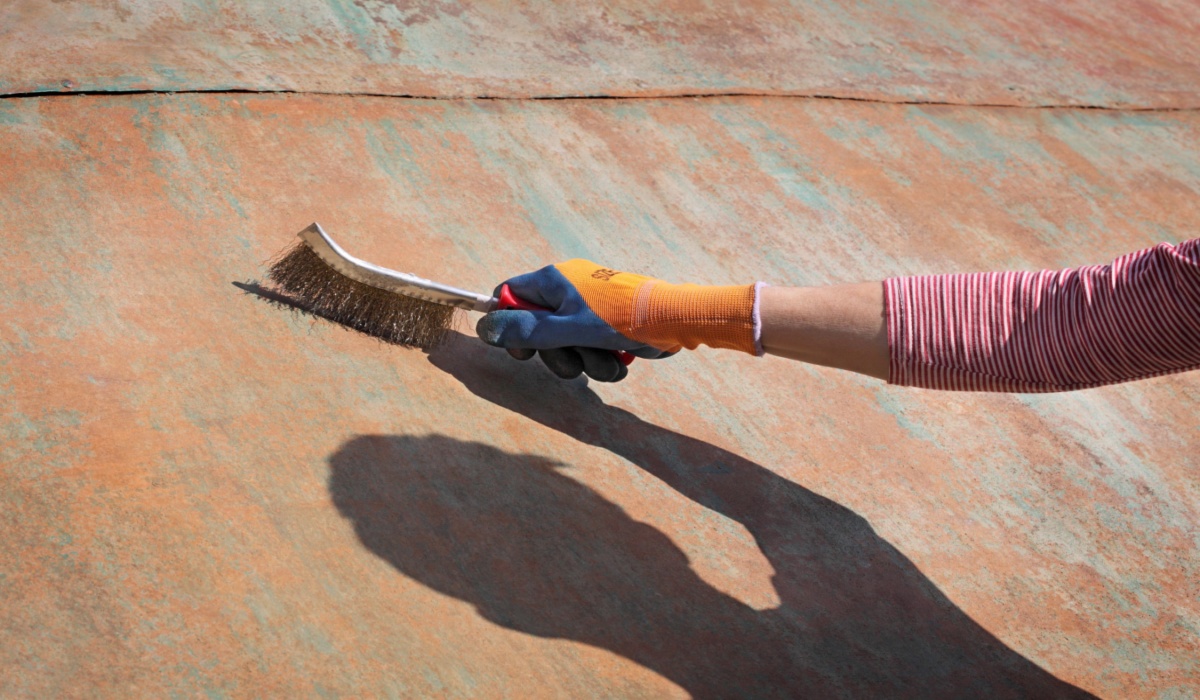
How to Remove Rust from Iron: Step-by-Step Guide for Restoring Your Iron Items in 2025
November 4, 2024
3192+ views
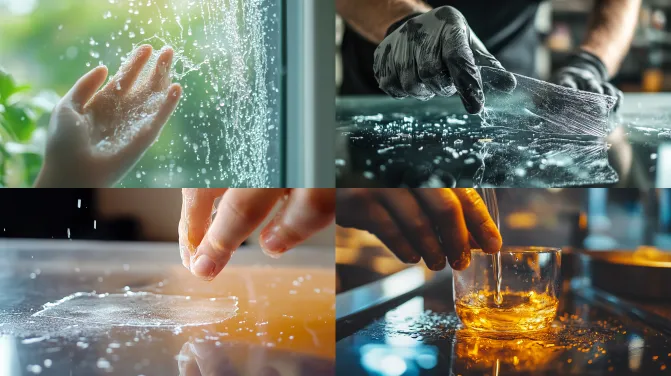
How Do You Remove Sticky Residue? Effective Tips and Tricks for a Spotless Finish in 2025
October 30, 2024
321+ views
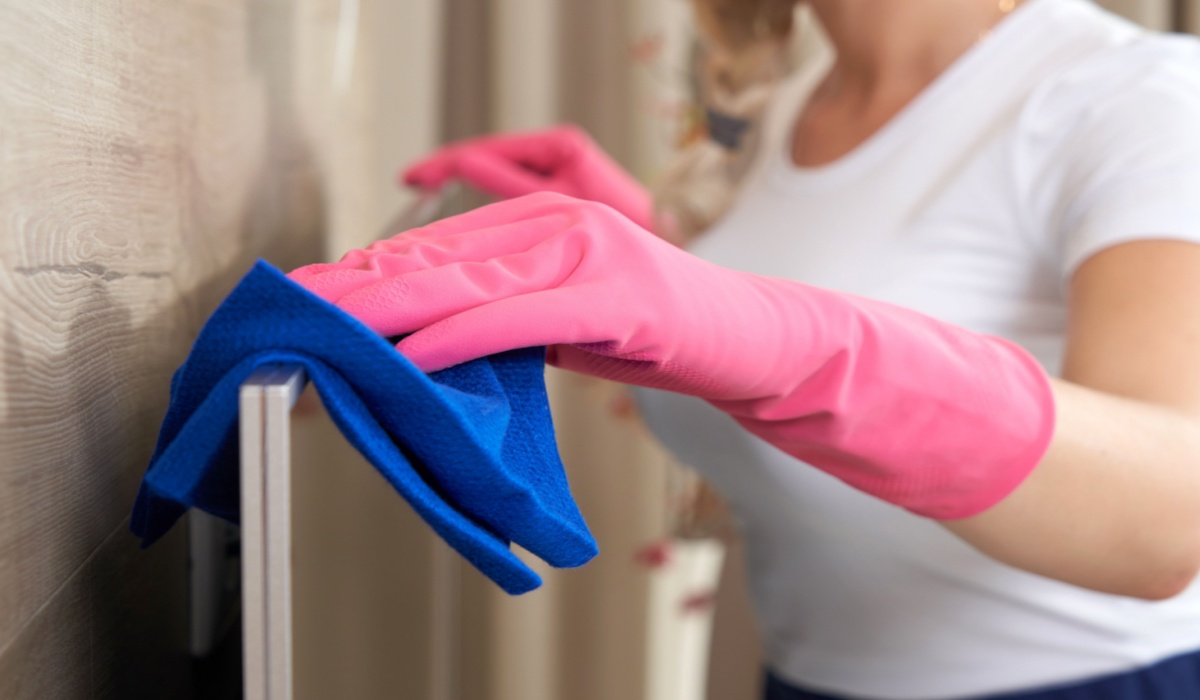
How to Clean TV Screen: Step-by-Step Guide for a Spotless Viewing Experience in 2025
October 30, 2024
2590+ views
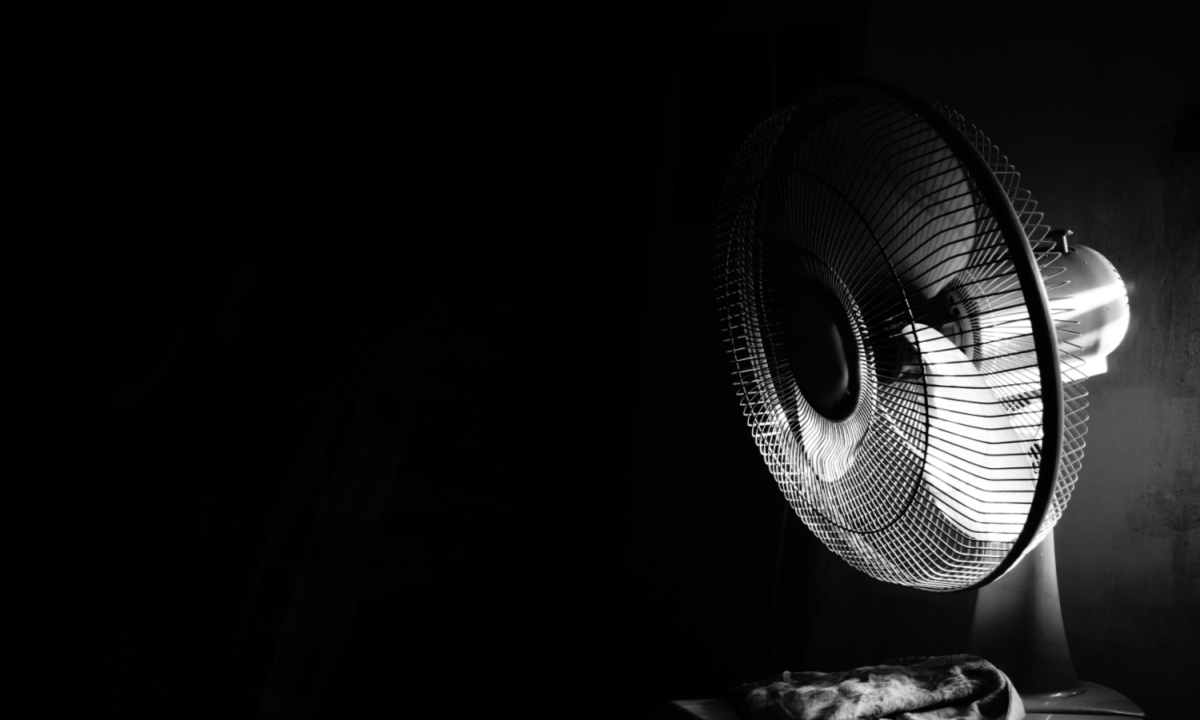
How to Clean a Table Fan: Step-by-Step Guide for Maximum Efficiency and Deep Cleaning in 2025
October 27, 2024
453+ views
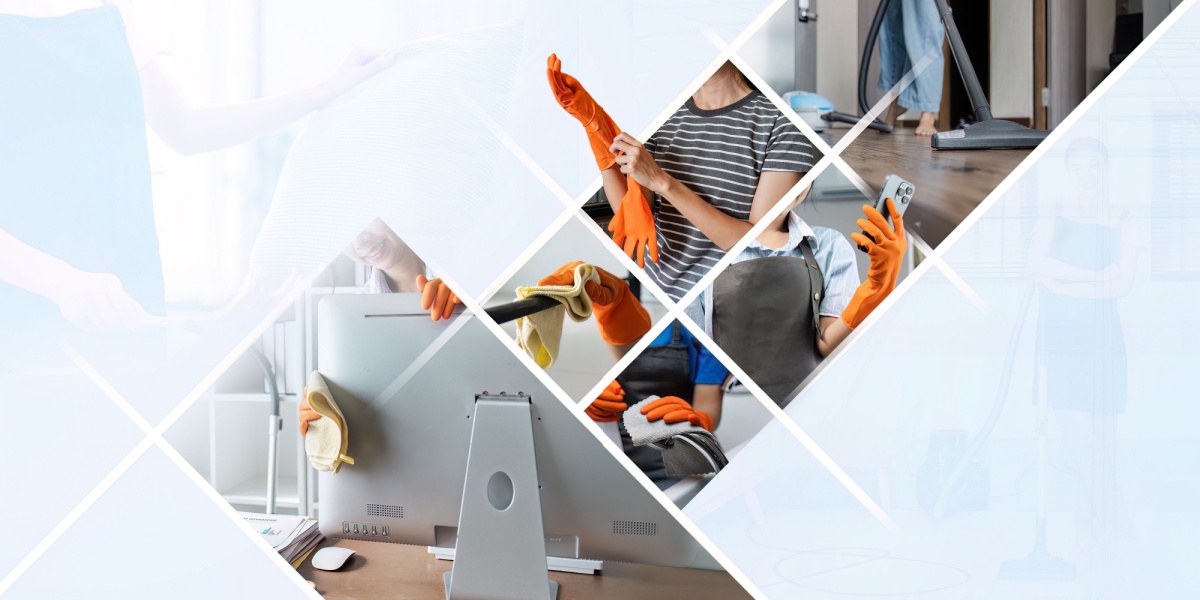
October 27, 2024
412+ views
Loved what you read? Share it with others!
NoBroker Cleaning Testimonials
Most Viewed Articles
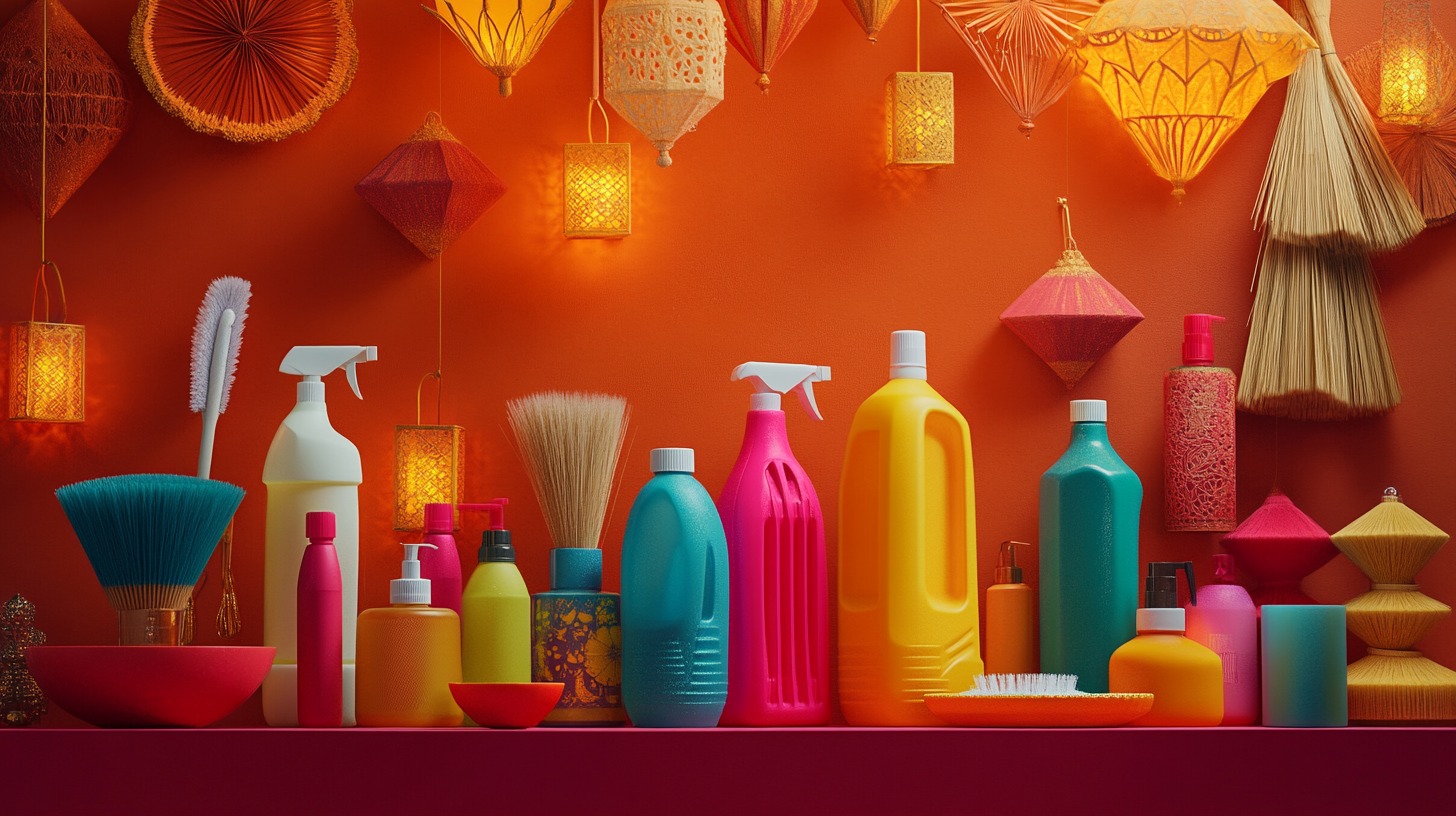
Diwali Cleaning Tips and Guide: Make Your Home Shine for the Festival in 2025
October 23, 2024
13791+ views
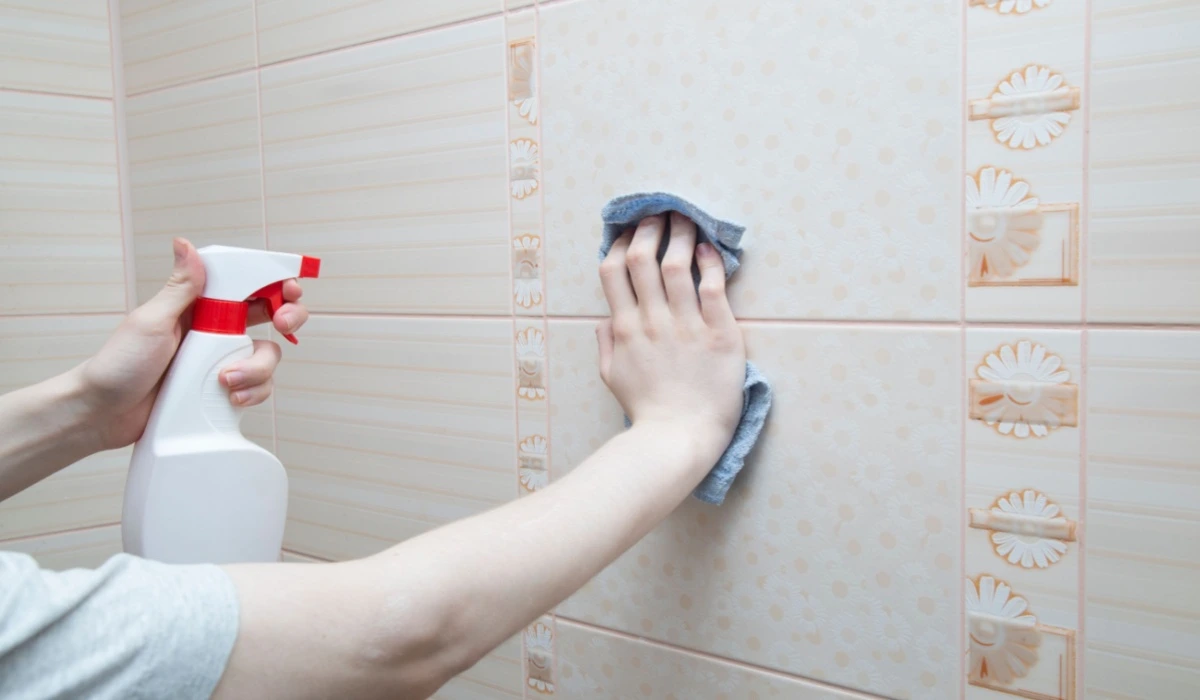
How to Clean Bathroom Tiles: Easy and Effective Methods for a Sparkling, Hygienic Bathroom for 2025
January 15, 2025
9738+ views
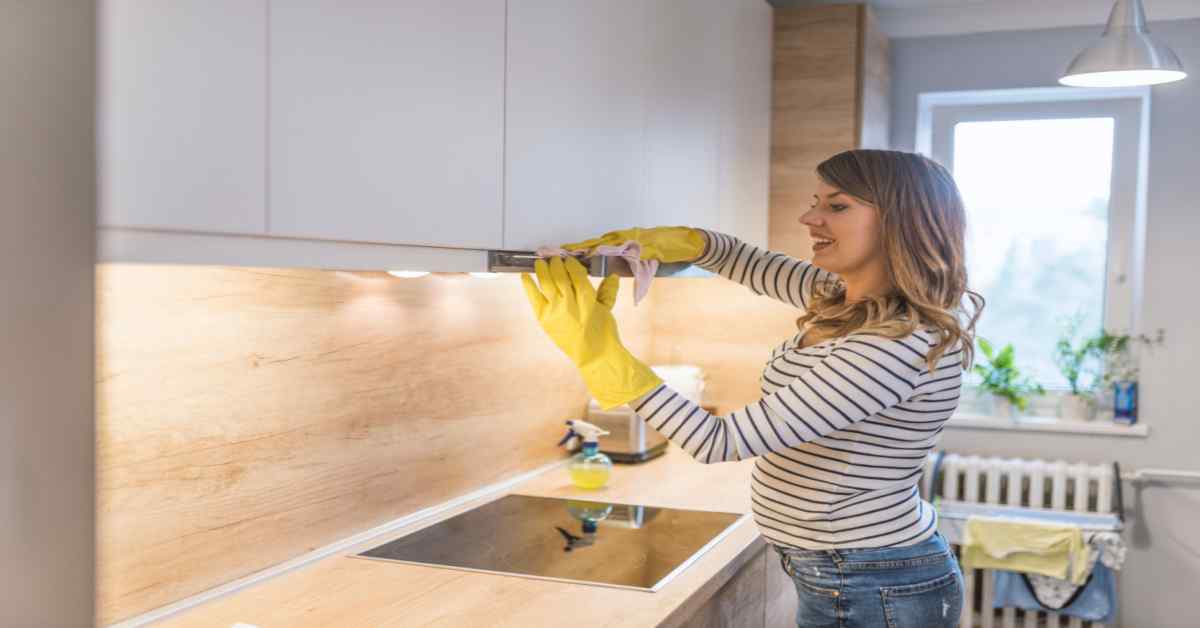
How to Clean Kitchen Exhaust Fan Properly?
January 15, 2025
7543+ views

October 10, 2023
7339+ views
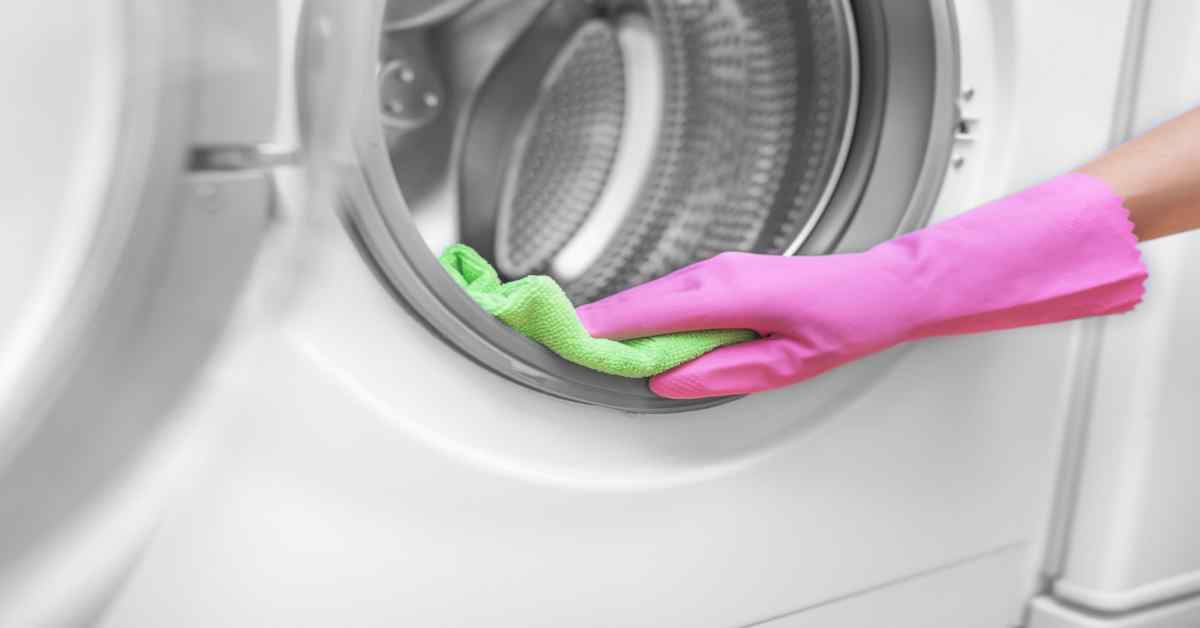
Deep Clean Your Washing Machine: Step-by-Step Guide & Tips
October 16, 2023
7130+ views
Recent blogs in
Septic Tank Cleaning Methods: How to Clean a Septic Tank?
January 16, 2025 by Siri Hegde K
How to Remove Stains from Walls? Quick and Easy Tips to Restore Your Walls' Original Beauty in 2025
January 15, 2025 by Susan
How to Clean Kitchen Exhaust Fan Properly?
January 15, 2025 by srivalli susarla




Join the conversation!